Find Your Perfect Mirror Wall Decor Style
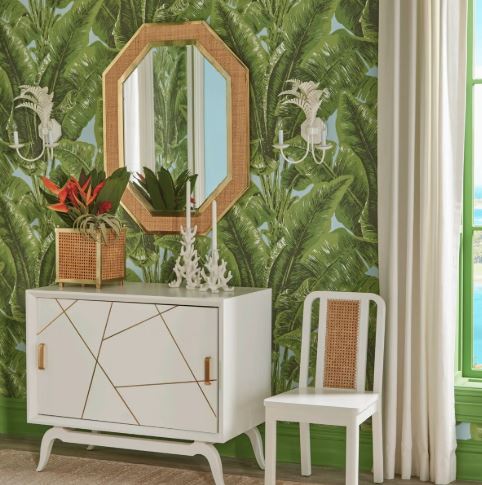
Find Your Perfect Mirror Wall Decor Style: A Complete Design Guide
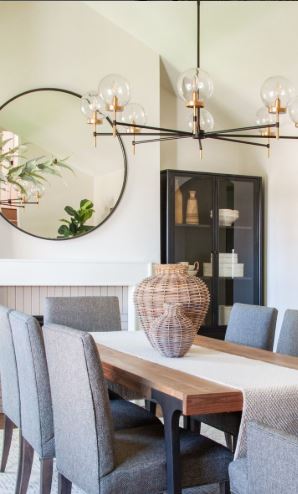
The right mirror doesn’t just reflect your image—it reflects your soul. In the world of interior design, mirrors serve as both functional necessities and powerful style statements that can completely transform the energy and perception of a space. They’re the unsung heroes of home decor, capable of doubling natural light, creating the illusion of endless space, and serving as stunning focal points that anchor entire room designs.
Yet choosing the perfect mirror involves far more than simply picking something pretty. It requires understanding the intricate dance between light, space, proportion, and personal aesthetic—a choreography that, when executed well, creates magic in your home.
Decoding Your Design DNA Through Mirror Selection
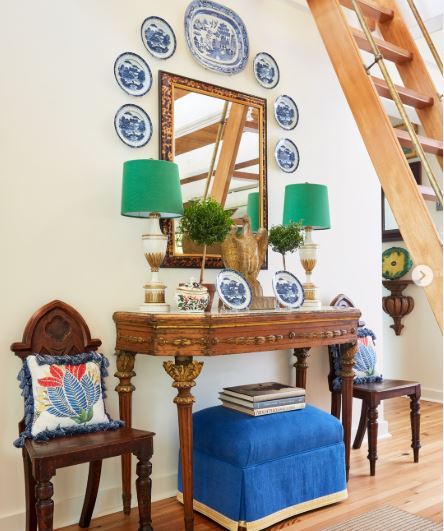
Your mirror choices should feel like a natural extension of your home’s personality. If your space gravitates toward maximalist bohemian energy, seek out mirrors with intricate carved frames in warm woods like mango or reclaimed teak. These pieces tell stories—imagine a Moroccan-inspired sunburst mirror with hand-forged metal rays creating dramatic shadows across a textured plaster wall, or an ornate vintage mirror with gilded baroque details that catches candlelight during dinner parties.
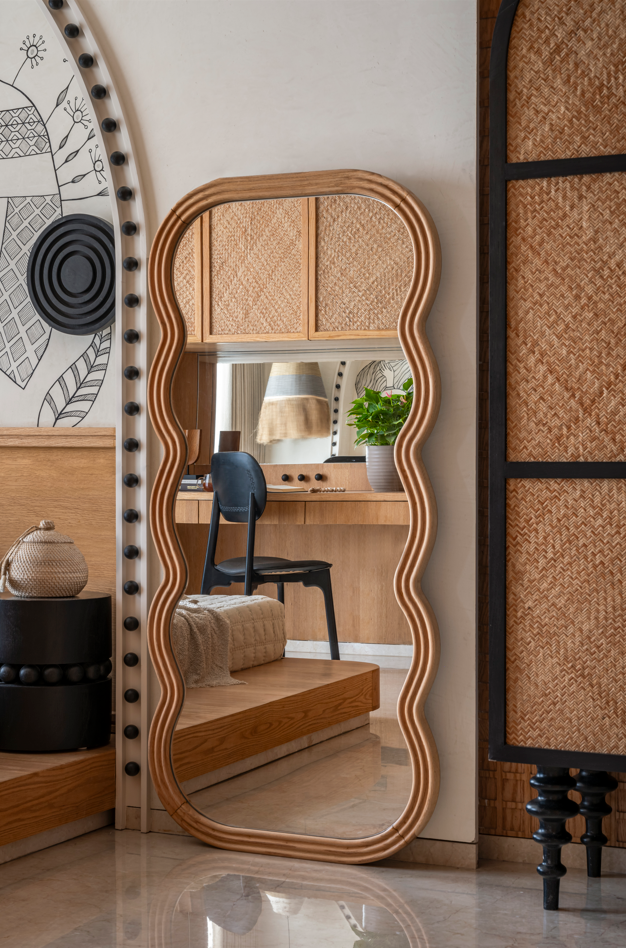
For those drawn to Scandinavian minimalism, the beauty lies in restraint and natural materials. Consider mirrors framed in pale oak or ash, with clean lines that whisper rather than shout. A circular mirror with a thin wooden rim against white shiplap creates that coveted hygge feeling, while an asymmetrical geometric mirror in matte black metal adds contemporary edge without overwhelming the serene aesthetic.

Mid-century modern enthusiasts should gravitate toward mirrors that echo the era’s love affair with bold shapes and mixed materials. Picture a kidney-shaped mirror with a brass frame, or a rectangular piece where the frame itself becomes sculptural art—perhaps with leather wrapping or rich walnut wood that complements your Eames lounge chair.
The key lies in recognizing that your mirror should feel inevitable in your space, as if it grew there naturally rather than being forcefully introduced.
The Architecture of Light and Illusion
Understanding how mirrors manipulate light transforms them from mere decorative objects into architectural tools. In a north-facing living room that struggles with natural light, position a large mirror on the wall perpendicular to your biggest window. This creates a light tunnel effect, bouncing brightness deeper into the room and eliminating those shadowy corners that make spaces feel closed-in.
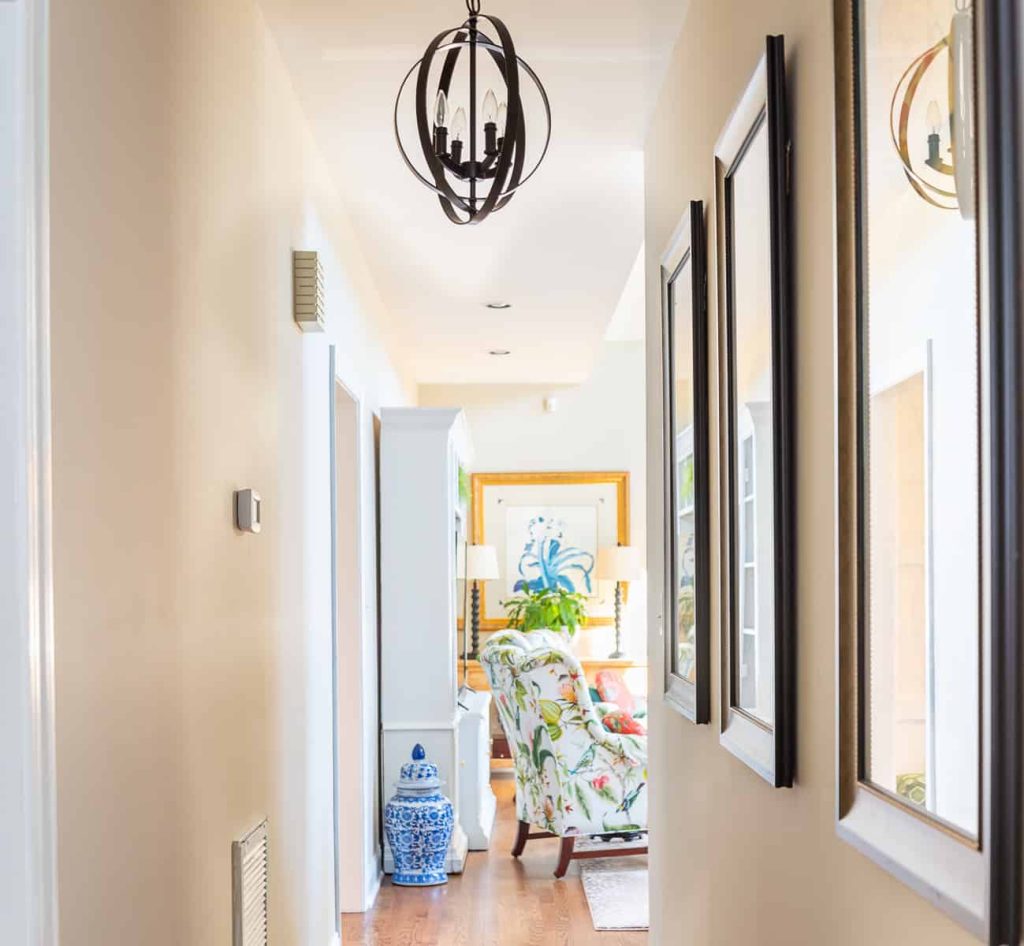
For narrow hallways or galley kitchens, install mirrors along one entire wall to create the illusion of width. The reflection tricks the eye into perceiving double the actual space. In a cramped studio apartment, a floor-to-ceiling mirror positioned strategically can make the room feel like it extends infinitely, breaking down the psychological barriers of small-space living.
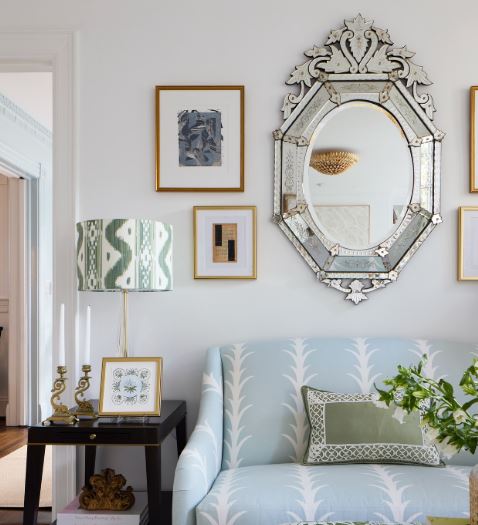
Consider the quality of light you’re reflecting, too. Morning light has cooler undertones, while evening light runs warmer. Antique mirrors with slightly aged glass will soften harsh light beautifully, creating a romantic, diffused glow. Ultra-clear modern mirrors provide crisp, accurate reflections that work perfectly in contemporary spaces where precision matters.
Room-by-Room Mirror Mastery
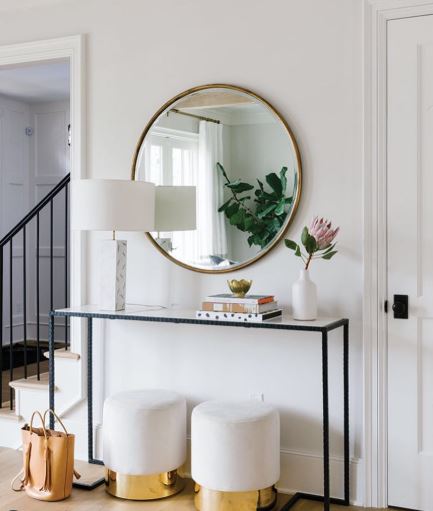
Living Spaces: Your living room mirror should command attention without competing with your sofa or artwork. Above a console table, try layering a large round mirror with smaller decorative objects—perhaps brass candlesticks and a small potted orchid. The circular shape softens angular furniture while the layered styling creates visual depth. For sectional sofas, consider an oversized rectangular mirror that spans most of the wall length, creating a sense of grandeur and reflecting your entire seating area.
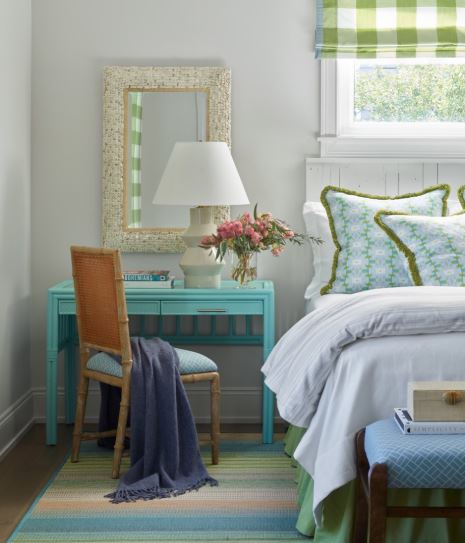
Bedrooms: This intimate space calls for mirrors that enhance rather than overwhelm. A pair of matching mirrors flanking the bed creates symmetry and romance, especially when the frames echo your headboard material. For dressing areas, position a full-length mirror at an angle in the corner—this placement feels less intrusive than a straight wall mount while providing the best view of your entire outfit.

Dining Rooms: Here, mirrors should enhance the convivial atmosphere. A statement mirror reflecting your chandelier creates double the sparkle and drama. Consider antique mirrors with foxed glass that add character, or a collection of smaller mirrors in complementary frames that create conversation-starting wall art.
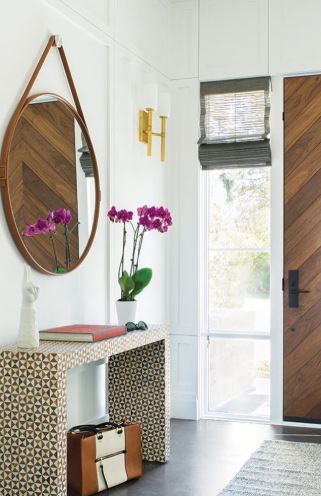
Entryways: Your entrance mirror sets the tone for your entire home. A circular mirror with a substantial frame creates a welcoming focal point, while also providing that essential last-minute appearance check. Position it at eye level and ensure it reflects something beautiful—perhaps a piece of art on the opposite wall or a view into your living space.
Advanced Styling Techniques That Transform Spaces
The most sophisticated mirror installations involve thoughtful composition and unexpected partnerships. Try floating a large circular mirror over a narrow console, then flanking it with wall-mounted sconces that cast dramatic uplighting. This creates a hotel-lobby luxury feeling in your own home.
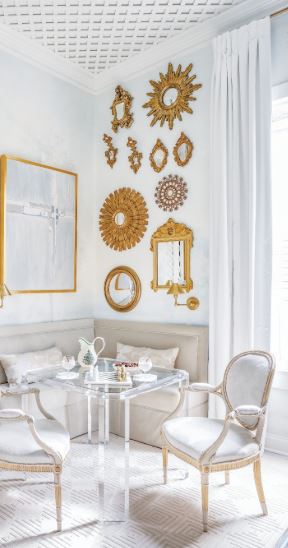
For gallery wall compositions, mix mirrors with artwork, photographs, and small floating shelves. Vary the shapes—combine round, rectangular, and hexagonal mirrors in complementary finishes. The key is maintaining visual balance while creating movement that draws the eye around the entire composition.

Consider scale relationships carefully. A tiny mirror above a substantial piece of furniture looks apologetic and lost. Instead, choose mirrors that relate proportionally to their surroundings—generally, wall mirrors should be about two-thirds the width of the furniture piece below them.
The Mirror as Art Statement
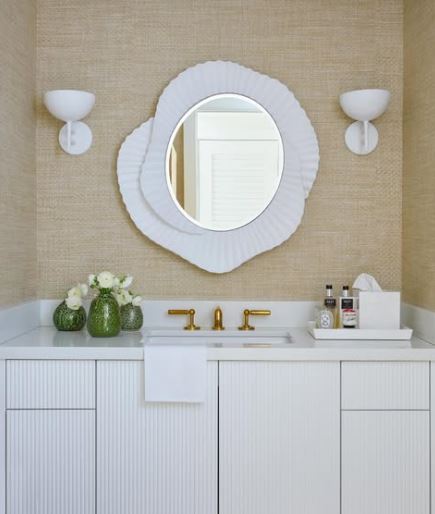
The most successful mirror installations happen when you stop thinking of mirrors as purely functional objects and start viewing them as sculptural art pieces that happen to be reflective. A hand-forged iron mirror becomes a statement about craftsmanship. A collection of vintage compacts mounted in shadow boxes tells a story about glamour and history.
When you approach mirror selection with this mindset—seeing each piece as an opportunity to express your aesthetic values and enhance your daily living experience—you’ll discover that the perfect mirror doesn’t just reflect your image. It reflects your impeccable taste and transforms your house into a home that feels authentically, beautifully you.
